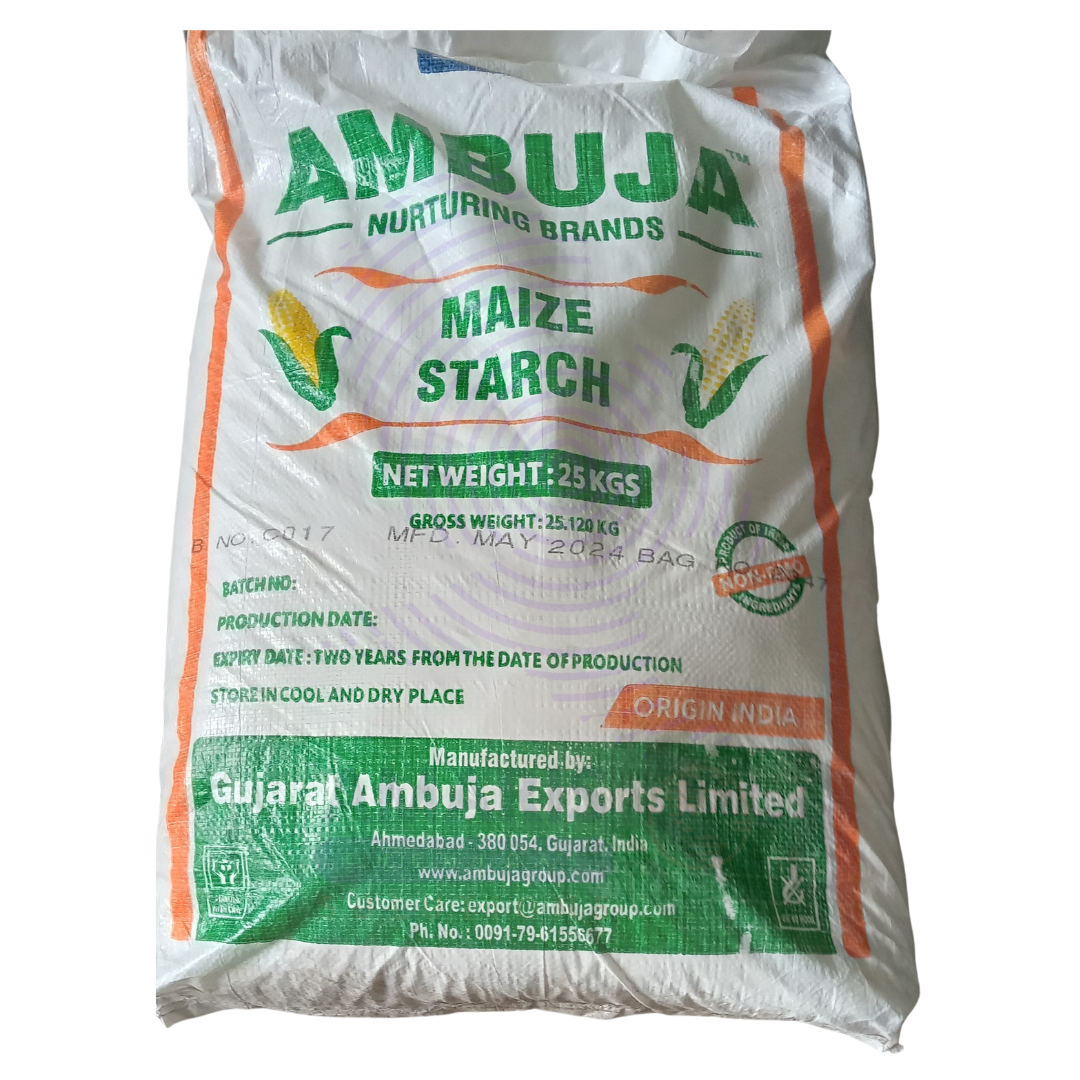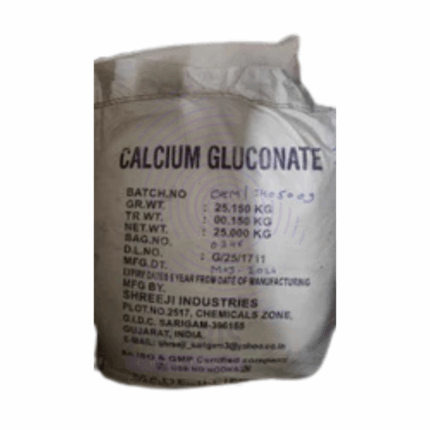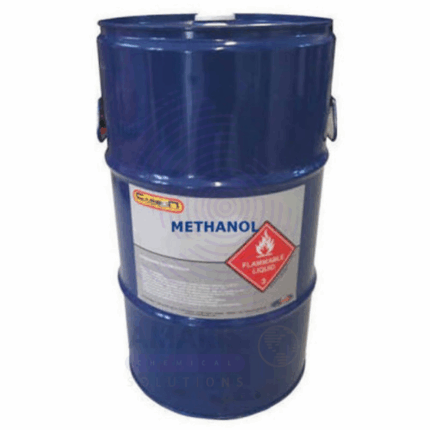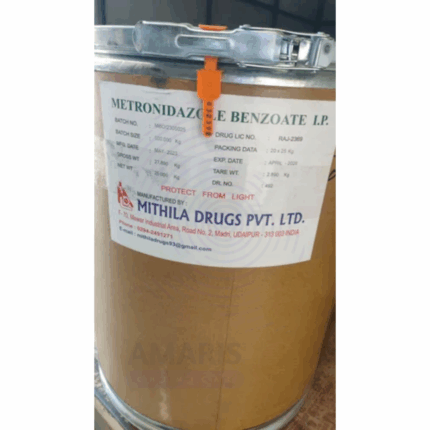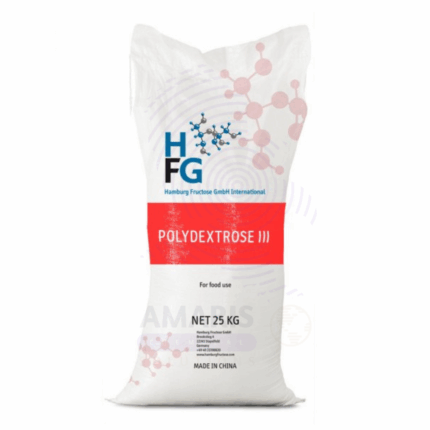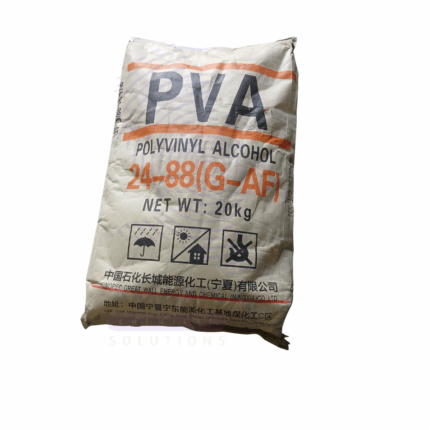Pregelatinised Maize Starch
Pregelatinised Maize Starch is a modified starch derived from maize that has been pre-cooked and then dried. This process disrupts the crystalline structure, allowing it to absorb water and swell without the need for heating. It acts as an excellent binder, thickener, and disintegrant in various formulations, offering improved solubility and rapid hydration. Pregelatinised maize starch is widely used in pharmaceutical, food, and industrial applications due to its versatile functional properties.
Pregelatinised Maize Starch
Primary Uses
Pharmaceuticals
Used as a binder and disintegrant in tablet formulations for improved compressibility and rapid drug release.
Acts as a filler and stabilizer in capsule and tablet production.
Used in suspensions and emulsions as a thickening agent.
Food Industry
Employed as a thickener, stabilizer, and fat replacer in sauces, soups, gravies, and bakery products.
Used to improve texture, mouthfeel, and shelf life of processed foods.
Cosmetics and Personal Care
Utilized as a thickener and stabilizer in creams, lotions, and powders.
Secondary Uses
Paper and Textile Industry
Used as a sizing agent and binder to improve surface properties and printability.
Adhesives
Acts as a natural binder in eco-friendly adhesive formulations.
Animal Feed
Used as a binding and thickening agent in feed pellets.
Basic Identification Attributes
Chemical Name (IUPAC): Modified starch (pregelatinised maize starch)
Common/Trade Name: Pregelatinised Maize Starch
CAS Number: 9005-25-8 (starch)
HS Code: 1108.14
Synonyms: Pre-gel starch; pre-cooked maize starch
Physical & Chemical Properties
Physical State: Fine powder
Color & Odor: Off-white; odorless
Solubility: Dispersible in cold water; swells without heating
Bulk Density: Approximately 0.5–0.7 g/cm³
Moisture Content: Typically below 14%
Safety & Hazard Attributes
GHS Classification: Generally regarded as safe (GRAS)
Toxicity: Non-toxic and non-irritant
Exposure Limits: No specific limits; standard hygiene recommended
Storage & Handling Attributes
Storage Conditions: Store in a cool, dry place, away from moisture
Container Type: Bags, drums, or bulk containers
Shelf Life: Typically 12–24 months
Handling Precautions: Avoid dust formation; use masks if dusty
Regulatory & Compliance Attributes
Complies with food-grade and pharmaceutical-grade standards (e.g., FCC, USP)
Meets requirements for food additives and excipients in major markets
Environmental & Health Impact
Biodegradability: Biodegradable and environmentally friendly
Ecotoxicity: Low impact
Bioaccumulation: Not significant
Safety Handling Precautions
PPE Required: Dust mask and gloves recommended when handling powder
Handling Guidelines: Use in well-ventilated areas; avoid inhalation of dust
Storage Measures: Keep containers sealed and dry
First Aid Measures
Inhalation: Move to fresh air if respiratory irritation occurs
Skin Contact: Wash with soap and water if irritation occurs
Eye Contact: Rinse eyes with water if dust enters
Ingestion: Generally safe; seek medical advice if discomfort occurs
Firefighting Measures
Fire Hazards: Combustible dust; avoid dust accumulation
Extinguishing Media: Water spray, foam, dry chemical
Special Precautions: Use respiratory protection to avoid dust inhalation during firefighting
Hazardous Combustion Products: Carbon oxides and organic vapors
Related products
Methanol
Methyl Salicylate BP
Metronidazole Benzoate BP
Miconazole Nitrate BP
Miconazole Nitrate BP is a high-purity, pharmaceutical-grade antifungal agent conforming to British Pharmacopoeia (BP) specifications. It is widely used in the formulation of topical and oral pharmaceutical products for the treatment of fungal infections caused by dermatophytes and yeasts, including Candida species. Miconazole Nitrate functions by inhibiting the biosynthesis of ergosterol, a vital component of fungal cell membranes, leading to cell death.
This white to off-white crystalline powder is highly effective and exhibits broad-spectrum antifungal and some antibacterial activity. It is commonly utilized in creams, ointments, powders, and gel formulations.


 Preservatives(food)
Preservatives(food) Flavor Enhancers
Flavor Enhancers Acidulants
Acidulants Sweeteners
Sweeteners Antioxidants
Antioxidants Colorants(food)
Colorants(food) Nutraceutical Ingredients (food)
Nutraceutical Ingredients (food) Nutrient Supplements
Nutrient Supplements Emulsifiers
Emulsifiers
 Collectors
Collectors Dust Suppressants
Dust Suppressants Explosives and Blasting Agents
Explosives and Blasting Agents Flocculants and Coagulants
Flocculants and Coagulants Frothers
Frothers Leaching Agents
Leaching Agents pH Modifiers
pH Modifiers Precious Metal Extraction Agents
Precious Metal Extraction Agents
 Antioxidants(plastic)
Antioxidants(plastic) Colorants (Pigments, Dyes)
Colorants (Pigments, Dyes) Fillers and Reinforcements
Fillers and Reinforcements Flame Retardants
Flame Retardants Monomers
Monomers Plasticizers
Plasticizers Polymerization Initiators
Polymerization Initiators Stabilizers (UV, Heat)
Stabilizers (UV, Heat)
 Antifoaming Agents
Antifoaming Agents Chelating Agents
Chelating Agents Coagulants and Flocculants
Coagulants and Flocculants Corrosion Inhibitors
Corrosion Inhibitors Disinfectants and Biocides
Disinfectants and Biocides Oxidizing Agents
Oxidizing Agents pH Adjusters
pH Adjusters Scale Inhibitors( water)
Scale Inhibitors( water)
 Antioxidants(cosmetic)
Antioxidants(cosmetic) Emollients
Emollients Fragrances and Essential Oils
Fragrances and Essential Oils Humectants
Humectants Preservatives
Preservatives Surfactants(cosmetic)
Surfactants(cosmetic) Thickeners
Thickeners UV Filters
UV Filters
 Fertilizers
Fertilizers Soil Conditioners
Soil Conditioners Plant Growth Regulators
Plant Growth Regulators Animal Feed Additives
Animal Feed Additives Biostimulants
Biostimulants Pesticides (Herbicides, Insecticides, Fungicides)
Pesticides (Herbicides, Insecticides, Fungicides)
 Active Pharmaceutical Ingredients (APIs)
Active Pharmaceutical Ingredients (APIs) Excipients
Excipients Solvents(pharmaceutical)
Solvents(pharmaceutical) Antibiotics
Antibiotics Antiseptics and Disinfectants
Antiseptics and Disinfectants Vaccine Adjuvants
Vaccine Adjuvants Nutraceutical Ingredients (pharmaceutical)
Nutraceutical Ingredients (pharmaceutical) Analgesics & Antipyretics
Analgesics & Antipyretics
 Analytical Reagents
Analytical Reagents Solvents(lab)
Solvents(lab) Chromatography Chemicals
Chromatography Chemicals Spectroscopy Reagents
Spectroscopy Reagents microbiology-and-cell-culture-reagents
microbiology-and-cell-culture-reagents Molecular Biology Reagents
Molecular Biology Reagents Biochemical Reagents
Biochemical Reagents Inorganic and Organic Standards
Inorganic and Organic Standards Laboratory Safety Chemicals
Laboratory Safety Chemicals Specialty Laboratory Chemicals(Special Laboratory Equipment)
Specialty Laboratory Chemicals(Special Laboratory Equipment)
 Demulsifiers
Demulsifiers Hydraulic Fracturing Fluids
Hydraulic Fracturing Fluids Scale Inhibitors(oil)
Scale Inhibitors(oil) Surfactants(oil)
Surfactants(oil) Drilling Fluids
Drilling Fluids
 Dyes and Pigments
Dyes and Pigments Bleaching Agents
Bleaching Agents Softening Agents
Softening Agents Finishing Agents
Finishing Agents Antistatic Agents
Antistatic Agents
 Admixtures
Admixtures Waterproofing Agents
Waterproofing Agents Sealants and Adhesives
Sealants and Adhesives Curing Compounds
Curing Compounds Concrete Repair Chemicals
Concrete Repair Chemicals Anti-Corrosion Coatings
Anti-Corrosion Coatings
 Surfactants(cleaning)
Surfactants(cleaning) Builders
Builders Enzymes
Enzymes Solvents (Cleaning)
Solvents (Cleaning) Fragrances
Fragrances
 Electronic Chemicals
Electronic Chemicals Catalysts
Catalysts Lubricants
Lubricants Photographic Chemicals
Photographic Chemicals Refrigerants
Refrigerants Automotive chemicals
Automotive chemicals Pyrotechnic Chemicals
Pyrotechnic Chemicals
 Biodegradable Surfactants
Biodegradable Surfactants Bio-based Solvents
Bio-based Solvents Renewable Polymers
Renewable Polymers Carbon Capture Chemicals
Carbon Capture Chemicals Wastewater Treatment Chemicals
Wastewater Treatment Chemicals
 Pigments
Pigments Solvents(paint)
Solvents(paint) Specialty Coatings
Specialty Coatings Binders/Resins
Binders/Resins Additives
Additives Driers
Driers Anti-Corrosion Agents
Anti-Corrosion Agents Functional Coatings
Functional Coatings Application-Specific Coatings
Application-Specific Coatings
 Fresh Herbs
Fresh Herbs Ground Spices
Ground Spices Whole Spices
Whole Spices Spice Blends
Spice Blends Dried Herbs
Dried Herbs
 Leavening Agents
Leavening Agents Dough Conditioners
Dough Conditioners Flour Treatments
Flour Treatments Fat Replacers
Fat Replacers Decoratives
Decoratives Preservatives(baking)
Preservatives(baking)
 Plasticizers & Softeners
Plasticizers & Softeners Reinforcing Agents
Reinforcing Agents Adhesion Promoters
Adhesion Promoters Vulcanizing Agents
Vulcanizing Agents Antidegradants
Antidegradants Blowing Agents
Blowing Agents Fillers & Extenders
Fillers & Extenders Accelerators & Retarders
Accelerators & Retarders